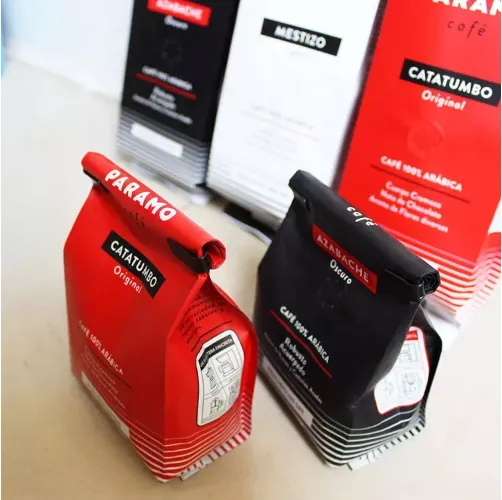- Afrikaans
- Albanian
- Amharic
- Arabic
- Armenian
- Azerbaijani
- Basque
- Belarusian
- Bengali
- Bosnian
- Bulgarian
- Catalan
- Cebuano
- chinese_simplified
- chinese_traditional
- Corsican
- Croatian
- Czech
- Danish
- Dutch
- English
- Esperanto
- Estonian
- Finnish
- French
- Frisian
- Galician
- Georgian
- German
- Greek
- Gujarati
- haitian_creole
- hausa
- hawaiian
- Hebrew
- Hindi
- Miao
- Hungarian
- Icelandic
- igbo
- Indonesian
- irish
- Italian
- Japanese
- Javanese
- Kannada
- kazakh
- Khmer
- Rwandese
- Korean
- Kurdish
- Kyrgyz
- Lao
- Latin
- Latvian
- Lithuanian
- Luxembourgish
- Macedonian
- Malgashi
- Malay
- Malayalam
- Maltese
- Maori
- Marathi
- Mongolian
- Myanmar
- Nepali
- Norwegian
- Norwegian
- Occitan
- Pashto
- Persian
- Polish
- Portuguese
- Punjabi
- Romanian
- Russian
- Samoan
- scottish-gaelic
- Serbian
- Sesotho
- Shona
- Sindhi
- Sinhala
- Slovak
- Slovenian
- Somali
- Spanish
- Sundanese
- Swahili
- Swedish
- Tagalog
- Tajik
- Tamil
- Tatar
- Telugu
- Thai
- Turkish
- Turkmen
- Ukrainian
- Urdu
- Uighur
- Uzbek
- Vietnamese
- Welsh
- Bantu
- Yiddish
- Yoruba
- Zulu
where does a paper bag come from
Where Does a Paper Bag Come From?
In our modern world, paper bags have become a ubiquitous part of our daily lives, serving as a convenient and eco-friendly alternative to plastic bags. But where do these seemingly simple items originate, and what processes are involved in their production? Understanding the journey of a paper bag not only highlights the complexities of manufacturing but also underscores the importance of sustainability in today’s society.
The story of a paper bag begins in the heart of nature the forest. Trees, particularly softwood trees like pine, spruce, and fir, are the primary raw material for paper manufacturing. These trees are harvested from managed forests, where sustainable practices are employed to ensure that the ecosystem remains balanced. The harvested timber is then transported to paper mills, where it undergoes several processes to transform wood into pulp.
Where Does a Paper Bag Come From?
Once the pulp is prepared, the next phase is forming the paper. The pulp is diluted with water and spread onto a mesh screen, where it is dewatered and pressed to remove excess moisture. The result is a continuous sheet of paper, which can then be dried, rolled, and cut into various sizes appropriate for paper bag production. This paper can be produced in different weights and textures, depending on the intended use of the paper bag, from lightweight shopping bags to thicker, more durable options for heavier items.
where does a paper bag come from

After the paper is produced, it is transported to bag manufacturing facilities. Here, the paper is cut and shaped into bags. This process involves folding, gluing, and cutting the paper into the desired size and structure. The simplest design—a basic flat paper bag—can be produced efficiently by folding a single sheet of paper, while more complex designs, such as those with handles or gussets, require additional steps to enhance functionality and strength.
In addition to being manufactured, paper bags can also be customized. Businesses and retailers often opt for printing their logos and branding on the bags, making them not just a practical item, but also a marketing tool. This added step involves using eco-friendly inks and techniques that align with the sustainability ethos of paper bags.
Once paper bags are created, they enter the supply chain, where they are distributed to retailers and consumers. The journey does not end there; when used, these bags offer a sustainable option for shopping and carrying items, as they are biodegradable and recyclable. Unlike plastic bags that can take hundreds of years to decompose, paper bags break down naturally within months, providing a much lower environmental impact.
Moreover, many communities are moving towards banning single-use plastics, which has further increased the demand for paper bags. Individuals are encouraged to choose sustainable options and recycle paper bags whenever possible, enabling a circular economy where resources are reused and conserved.
In conclusion, the path of a paper bag from forest to consumer encapsulates a process rich in natural resources and human ingenuity. It reflects a broader movement towards sustainability, where choices made at individual and corporate levels can lead to significant environmental benefits. As awareness grows around the impacts of plastic pollution, understanding the origins of more sustainable alternatives like paper bags can inspire a more conscientious approach to consumption and environmental responsibility. By considering where our products come from, we can make informed choices that foster a healthier planet for future generations.













